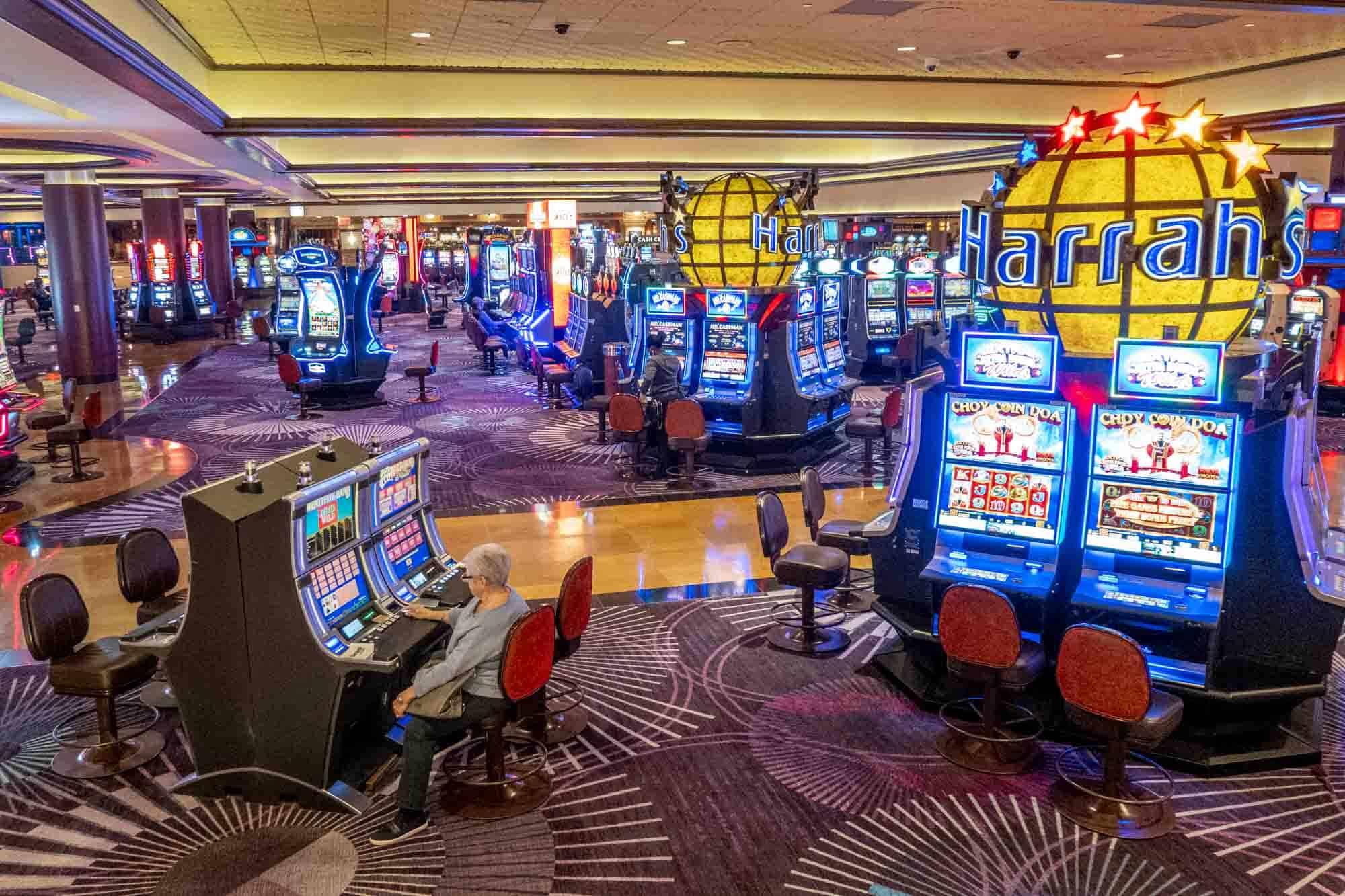
Gambling games have long captivated the human imagination, drawing players into a realm filled with chance, planning, and the allure of excitement. Each experience is meticulously crafted not just for entertainment, but also to evoke particular emotional responses that keep players involved and committed. Understanding the reasons behind these designs reveals much about how psychology plays a crucial role in the gaming experience.
From the bright lights and dynamic sounds to the complex layering of systems and payoffs, casino games are designed to create an atmosphere of excitement and eagerness. Game designers leverage psychological principles to influence player behavior, whether through the use of big prizes, almost wins, or social connections. By examining these aspects, we can better appreciate how casino games fulfill not just a want for entertainment, but more profound psychological needs for adventure and risk.
Understanding Player Actions
Casino games are designed with a profound understanding of player psyche, which is crucial for attracting and holding players. The thrill of the game, alongside the hope of winning, creates a powerful attraction. Game designers utilize elements like sonic elements, vibrant graphics, and captivating gameplay to engage attention and elicit emotional responses. These sensory effects enhance the overall experience, making players feel more involved in the game.
Another important aspect of player behavior is the idea of risk/reward dynamics. Casino games often balance high-stakes situations with the potential for considerable rewards, which can lead to the event known as near-miss experience. When players come near to winning, the brain secretes dopamine, reinforcing their behavior and encouraging them to continue playing in search of that elusive win. This cycle of hope and frustration plays a key role in how games are structured and promoted.
Lastly, social factors also play a central role in player behavior at casinos. Many games are designed to be played in groups or with other players, creating a sense of community and collective experience. The interaction inherent in games like baccarat enhances enjoyment and can result in extended gameplay. Designers take advantage on this by crafting environments that prompt players to linger, interact, and come back, making the overall casino experience more attractive.
The Role of Visuals and Audio
Visuals and audio play a crucial role in elevating the gambler’s experience within casino games. Designers utilize bold colors, eye-catching graphics, and engaging animations to grab gambler’s attention and maintain their focus. The use of themes, such as exploration or opulence, helps create an engaging atmosphere that takes players into a different world. By appealing to the senses, these elements contribute to a intensified emotional response, prompting players to engage more deeply with the games.
Audio design is just as important in reinforcing the experience of gambling games. The mix of ambient music, audio effects for winning combinations, and ambient noises creates an auditory landscape that keeps players fascinated. Sounds associated with victories, such as chiming bells or celebratory music, evoke feelings of thrill and satisfaction, encouraging players to keep playing. These audio cues are carefully placed to enhance the excitement of the game and create a more immersive experience.
Additionally, the synchronization of imagery and sound is crucial for supporting the game’s overall theme and atmosphere. Each element should coordinate harmoniously to create a unified experience that draws players in. The effective use of this integration not only enhances user enjoyment but also increases the chances of return play, as players become more engaged in the captivating world that the casino games offer. This thoughtful combination of imagery and sound ultimately enhances player engagement and loyalty. luongsontv
Reward Systems and Participation
The creation of gambling experiences greatly relies on reward structures to ensure players engaged and returning for additional experiences. These systems are rooted in behavioral principles that exploit human behavior and desire. Participants are often driven by the thrill of success, which is supported by immediate feedback through the game structure’s design. This prompt satisfaction not just enhances the gaming experience but also cultivates a sense of achievement, prompting players to keep participating in hopes of greater gains.
Gaming establishments utilize various reward structures, including large payouts, extra rewards, and multipliers, to captivate players. These elements create a layer of thrill that sustains interest. Additionally, the randomness of results plays a crucial role in keeping interest. The intermittent reinforcement schedule, where wins are random but happen often enough, maintains participants on edge and motivated to keep playing. This loop of hope and anticipation is essential to the effectiveness of gambling experiences.
Moreover, social elements, such as tournaments and collaborative options, enhance the engagement factor by tapping into the competitive nature of players. The communal aspect of playing with fellow participants can intensify the thrill of success and create a community atmosphere within the gaming space. By integrating these community elements with efficient reward systems, casino games don’t just provide fun but also foster a deeper bond among players, reinforcing their commitment to the gaming experience.